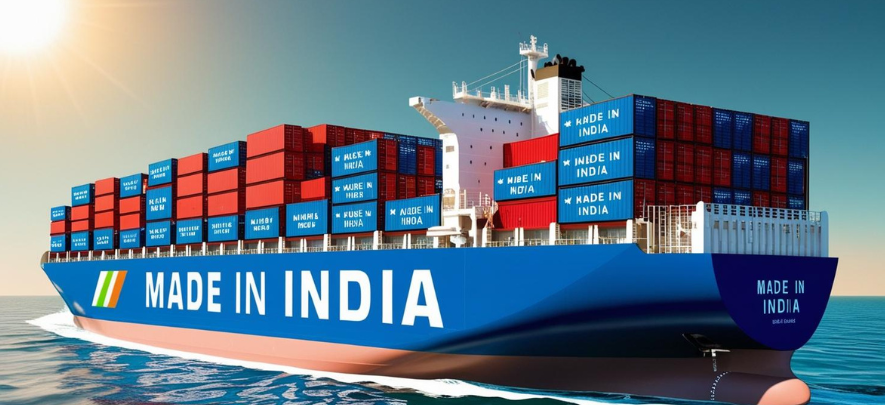Why U.S. Companies Are Increasingly Sourcing from India: A Strategic Advantage

Export Sector
8 week ago — 5 min read
As the global trade landscape continues to change, more American businesses are discovering the value of sourcing products and materials from India. From handcrafted goods to industrial supplies, India is emerging as a reliable, innovative, and scalable sourcing destination for U.S. businesses across industries.
Here’s why India could be a great fit for your sourcing needs.
1. Tariff Considerations
As of April 2025, the U.S. has implemented a 10% baseline tariff on all imports, including those from India. Additionally, a country-specific tariff of 26% was announced for Indian imports. However, this additional tariff has been temporarily suspended until July 9, 2025, providing a window for U.S. businesses to engage with Indian suppliers under more favorable terms.
Notably, certain sectors, such as pharmaceuticals, have been exempted from these tariffs, highlighting the strategic importance of India's generic medicine exports to the U.S.
2. Diverse Manufacturing Ecosystem
India has a huge and growing base of manufacturers across all kinds of industries——textiles, leather, packaging, electronics, engineering goods, wellness products, and more. Whether you run an eCommerce store, manage sourcing for a retail brand, or work in procurement, you’ll find qualified suppliers that can cater to both bulk and customized requirements.
3. Skilled Workmanship & Craft Heritage
For businesses looking to source unique, well-crafted goods—India offers unmatched value. Categories like handmade leather accessories, artisanal home décor, eco-friendly packaging, and natural wellness products stand out for their quality and storytelling appeal. These products often carry high margins and strong consumer appeal in the U.S. market.
4. Competitive Pricing with Quality
Indian suppliers strike a compelling balance between cost and quality. For many product categories, U.S. buyers can maintain attractive unit economics while still delivering high standards that American customers expect.
5. Strong Export Infrastructure
India’s export ecosystem is robust, with multiple government-backed initiatives, trade bodies, and logistics solutions that support cross-border trade. From ocean freight to express air delivery, fulfillment capabilities have improved significantly in the last few years.
6. English-Language Communication
One of India’s natural advantages is its widespread use of English in business communication. For U.S. buyers, this often translates to smoother coordination, clearer specifications, and faster negotiations with suppliers.
7. Focus on Sustainability
Indian manufacturers are increasingly embracing eco-conscious practices—offering compostable packaging, organic materials, clean-label products, and green certifications. This makes India a relevant sourcing destination for U.S. companies committed to ESG goals or seeking sustainable product lines.
8. Supportive Trade Environment
India has trade agreements with the U.S. that cover various product categories. Additionally, many Indian exporters are already familiar with U.S. compliance standards and certifications, which simplifies onboarding and reduces sourcing friction.
9. Technology-Enabled Supplier Discovery
Digital platforms like GlobalLinker.com are making it easier than ever for U.S. companies to discover and connect with credible Indian suppliers. These platforms offer features like verified listings, AI-driven recommendations, and request-for-quotation (RFQ) tools—streamlining the sourcing journey end to end.
Final Thoughts
India is not just a low-cost sourcing destination—it’s a growing hub for innovation, sustainability, and reliability. Whether you're a procurement manager looking to diversify your supplier base or a retailer seeking differentiated products, India offers an opportunity worth exploring.
Ready to find trusted Indian suppliers?
Visit GlobalLinker.com to explore verified catalogs and post your sourcing needs today.
Reference articles: India Briefing, USTR, Reuters, Economic Times
Image source: Canva
Disclaimer: The views and opinions expressed in this article are those of the author and do not necessarily reflect the views, official policy or position of GlobalLinker.
Posted by
Supriya MathurMy endeavour is to help business owners digitise, network and grow easily. Towards this I help organise webinars, curate articles and answer queries via our help centre.
Most read this week















Comments
Share this content
Please login or Register to join the discussion